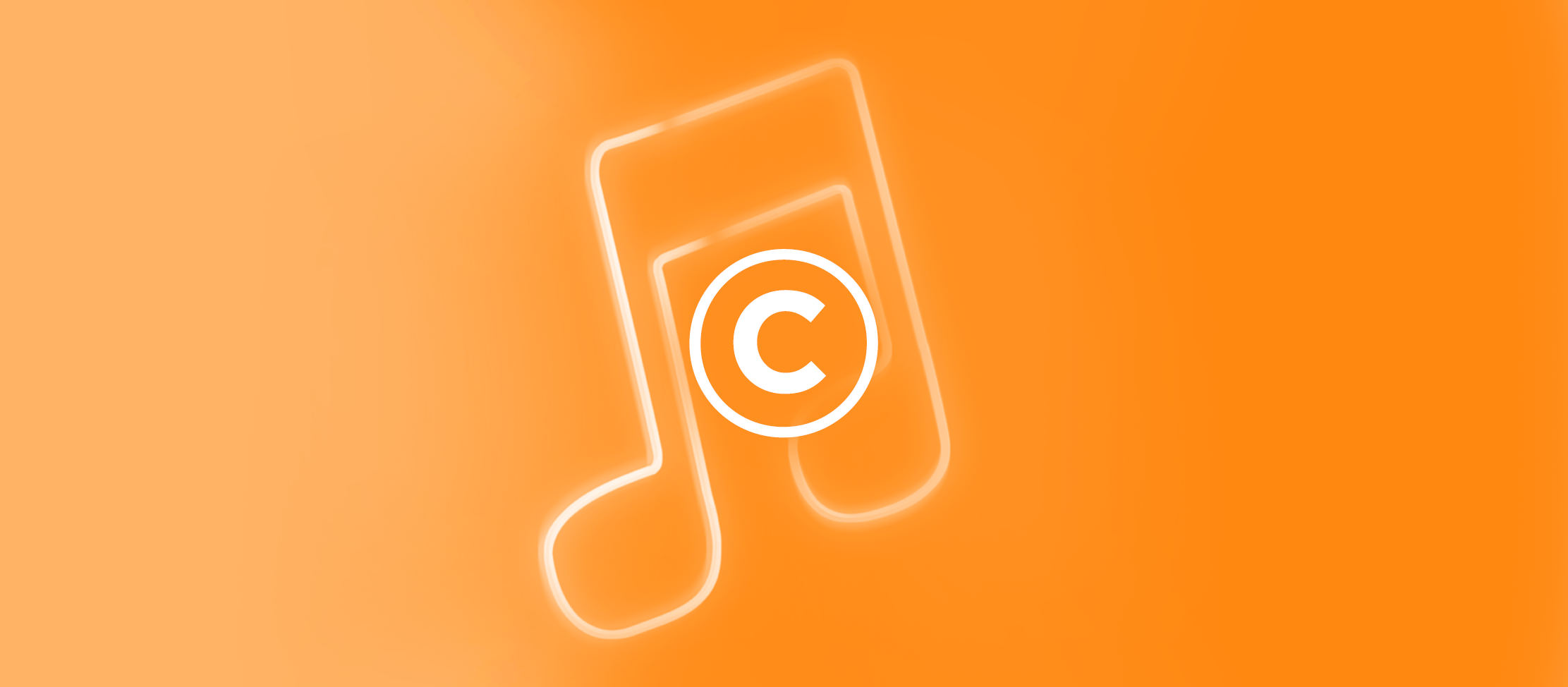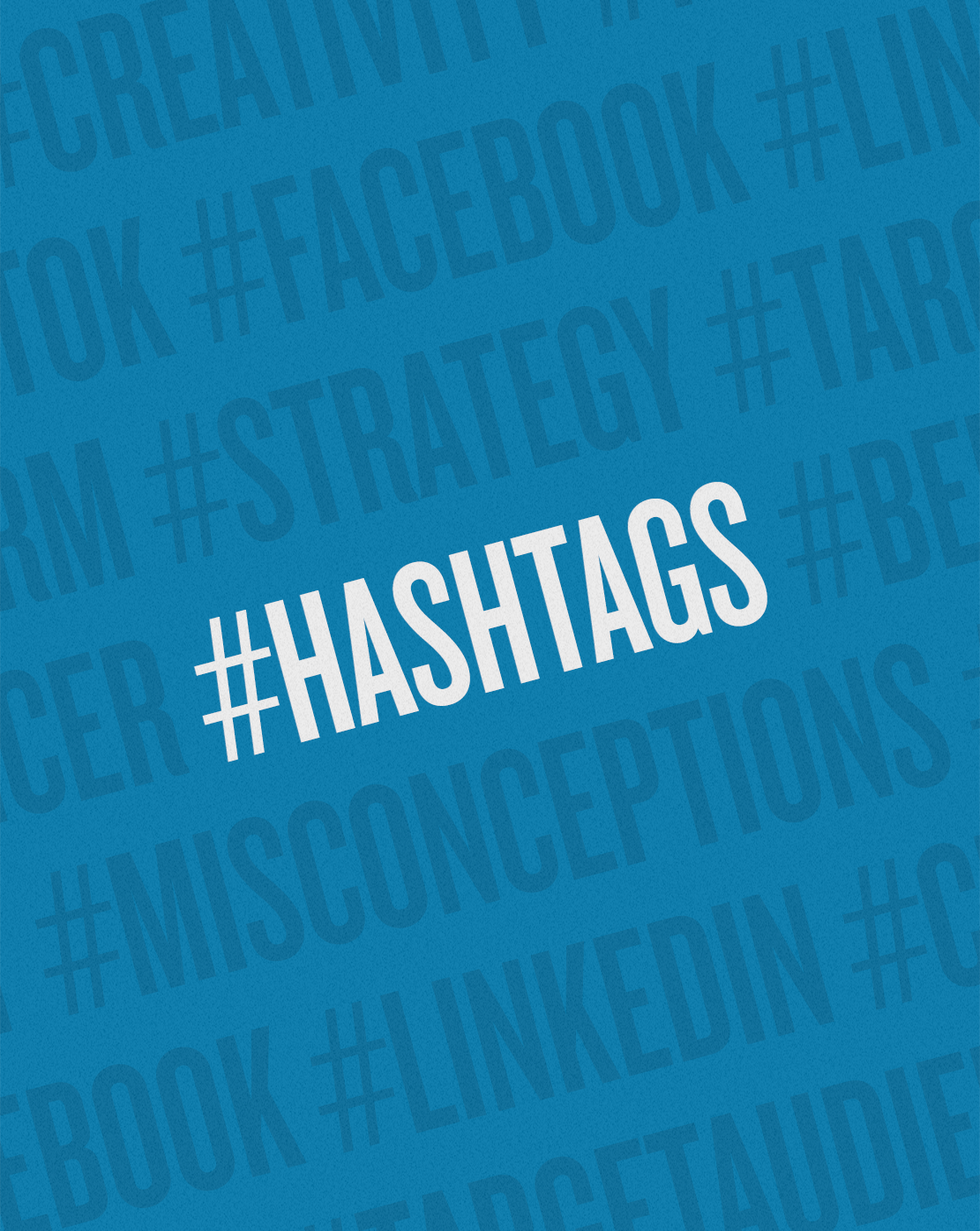
Trending Sounds + Copyright
The pitfalls of TikTok music for brands
When it first burst onto the app scene, TikTok was not as restrictive as it should have been with music copyright protections. In fact, it took lawsuits from larger companies in the music industry for them to start paying attention to the problem of copyright infringement.
Accounts were banned and videos deleted, but since the content had already gone viral and made an impact, the damage was done. Artists and labels were not happy with their music streaming worldwide without any form of control. So, they forced TikTok to do something about it.
With a music note for its logo, it comes as no surprise that music is vital to the app’s sound-on focus. In fact, the app’s original name was “Musical.ly.” (More on that later.)
So how does TikTok balance what users expect from the app with the copyright demands of the music’s creators? Let’s dive into that and why it should matter to you as a content creator.
Copyright and its relevance to TikTok
Copyright is defined as the exclusive legal right given to a group or representative to print, publish, perform, film, or record literary, artistic, or musical material, and to authorize others to do the same. Every social platform, including TikTok, has rules and regulations surrounding copyright infringement in content posted to their platforms. TikTok users are subject to copyright law just like YouTube and Instagram creators.
Generally speaking, as a personal user, you can use all the music available in TikTok’s music library without the risk of copyright infringement. Why is that? TikTok has licensing agreements with those artists allowing them to offer that music to end users for non-commercial use in TikTok videos.
TikTok’s history as a music app
TikTok was previously known as Musical.ly, where people could upload lip-synch videos. In 2018, Chinese tech company, ByteDance, acquired Musical.ly and merged it with its own lip-synching app, known as Douyin. The result was TikTok, which debuted in August 2018.
TikTok users describe the app as a collaborative space where it’s easier to go viral than on other platforms. 90% of its users believe sound is integral to the experience in the app. TikTok sounds are also considered by its users to be twice as fun as sounds used on other platforms.
What’s the big deal?
According to TikTok’s “Terms of Service,” not all sounds are licensed for commercial use. Meaning, if music, sounds, or other audio clips are used by brands and business accounts, the license no longer applies. The sound can be removed by TikTok (boo), the video can be taken down (extra boo), and the audio’s creator can initiate a copyright dispute against the user (cries on lawyer’s shoulder).
It’s safest—and likely much less costly—for content creators to take the essence of what makes a trending sound popular, such as upbeat music or its comedic timing, and find a commercially available sound. TikTok has its own pre-cleared library available for organic and commercial purposes.
So, unless a brand has a few hundred to several thousand dollars to spare, it’s best not to use that audio of Britney Spears’s “Toxic” uploaded under a different name.
Recommended







